One of the typical models is the integrated farm of Mr. Pham Van Thuan, Chieng village. Starting from a small model of raising breeding sows, in 2022, he boldly borrowed 70 million VND from the Social Policy Bank of Van Chan district, old Yen Bai province, and at the same time sold more than 1 hectare of acacia hills to invest in a closed system of pig farms. By maintaining 15 sows and proactively providing breeding pigs, each year Mr. Thuan's family sells about 400 breeding pigs and more than 8 tons of live pigs.
Not only raising livestock, Mr. Thuan also developed more than 2 hectares of cinnamon hills, combined with poultry farming and tea growing for business, creating a closed value chain. Thanks to his dynamic way of working, his family's average income reached over 400 million VND/year, belonging to the well-off group in the village.
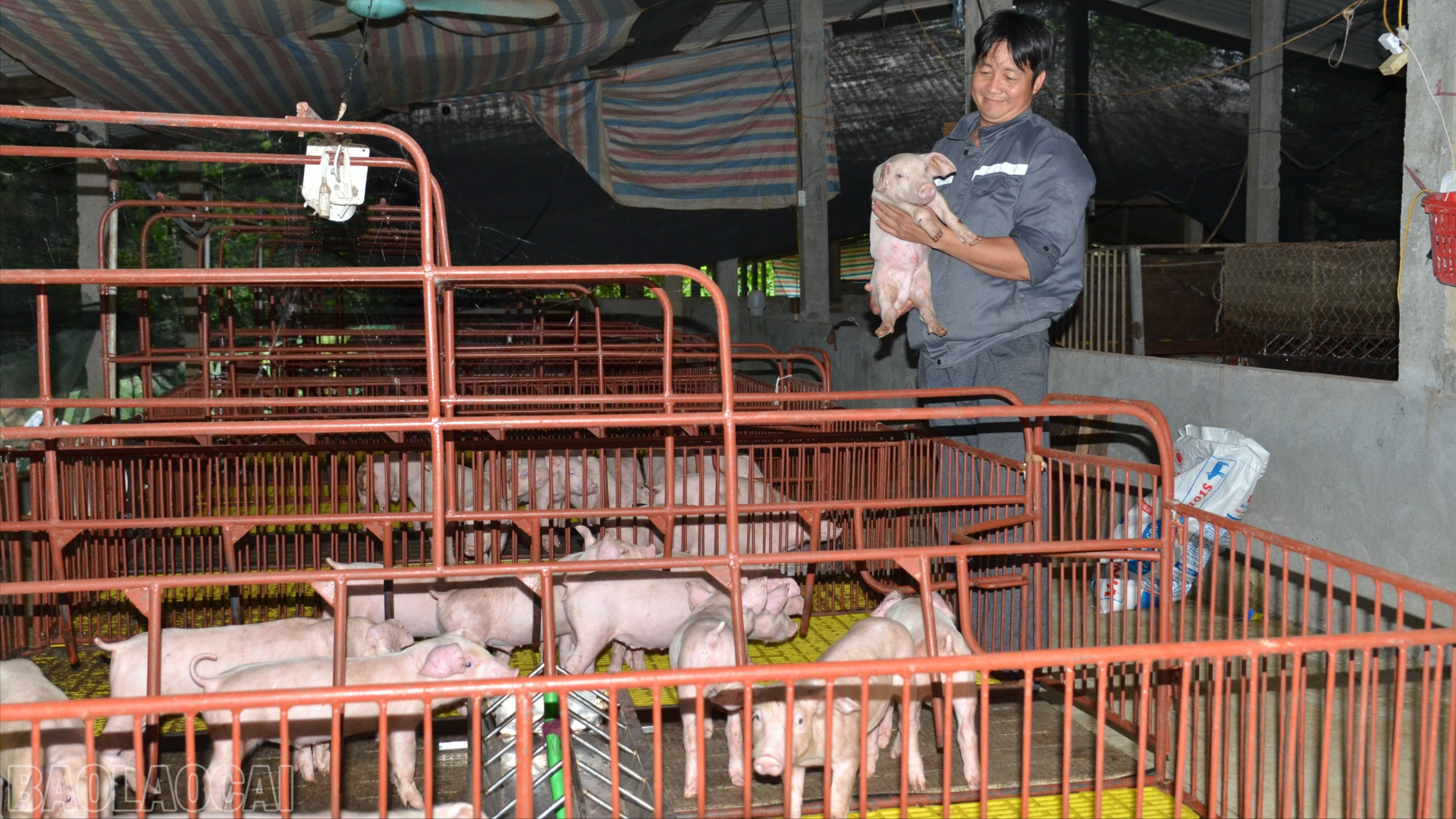
Also taking advantage of the large land area, Mr. Do Van Loi, An Thai village, built a garden - pond - barn model in a continuous direction: raising porcupines, raising pigs, raising bamboo rats, combining 2 hectares of four-season lemon trees and nearly 1,000 m² of fish ponds. He took advantage of livestock by-products to water plants, treated fish farming wastewater to fertilize the lemon garden, helping to significantly reduce production costs.
Currently, his farm has nearly 200 pairs of parent porcupines, providing more than 400 offspring to the market each year; a stable herd of over 200 pigs per litter, and 50 pairs of parent rats. The family's income reaches over 500 million VND/year.
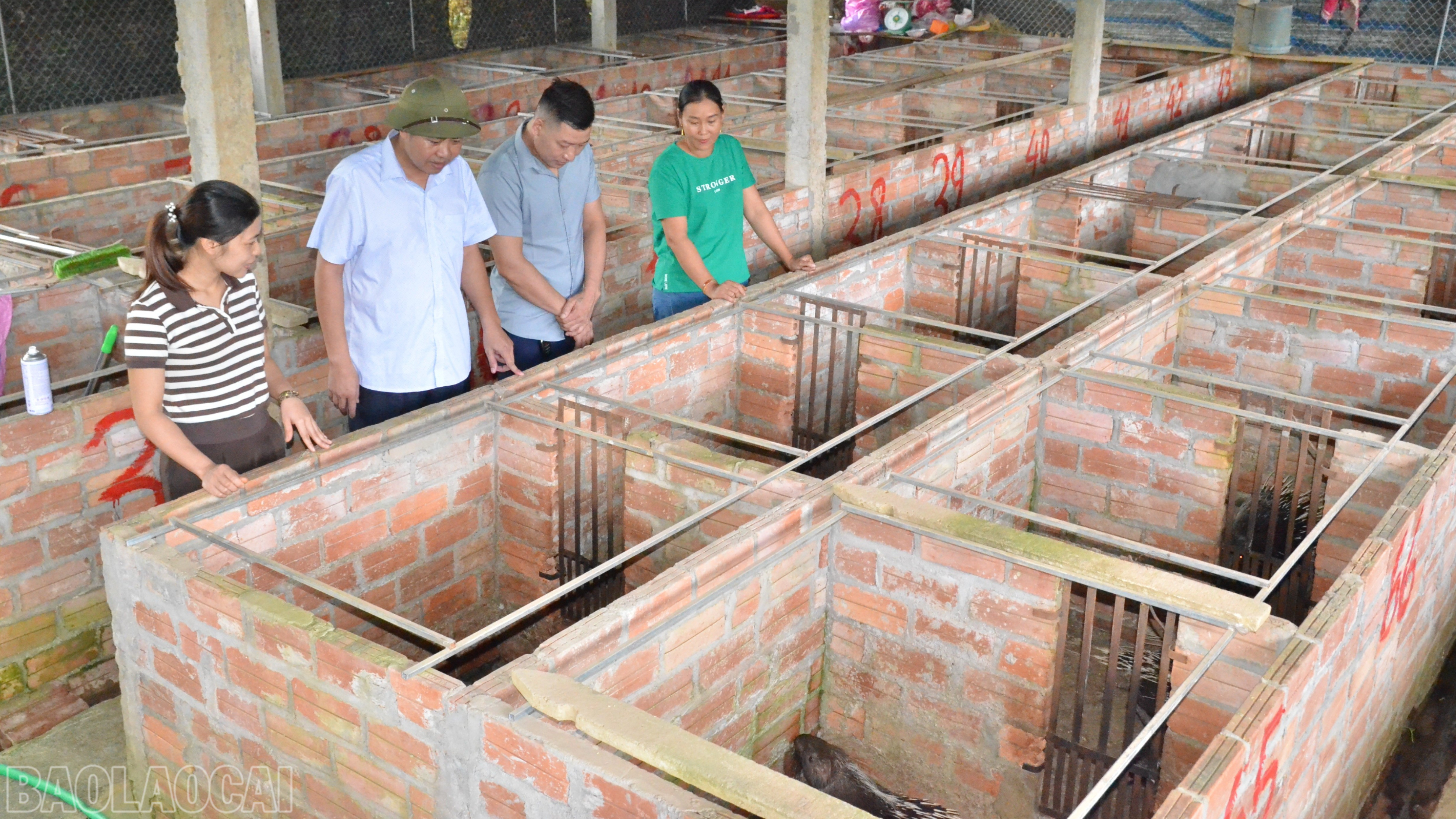
Mr. Loi shared: To create a comprehensive model, one must carefully calculate and create a close connection between the stages to limit risks. When one model encounters difficulties, other models will compensate, helping to stabilize production. Agriculture has risks, but if you know how to calculate, you will succeed.
Not only developing the household model, the collective economy also affirms its important role in transforming the rural economic structure in Nghia Tam. A typical example is the Binh Thuan Fruit Tree Growing and General Service Cooperative, established in 2017 with 7 members in Kien Ria village. The cooperative focuses on developing citrus fruit trees such as Canh oranges, Sanh oranges, Vinh oranges... according to VietGAP standards, linking from planting, caring to product consumption.
From the initial 56 hectares, the Cooperative has now expanded to more than 70 hectares, with products being granted a growing area code, meeting 3-star OCOP standards since 2021 and available in many major supermarket systems. In 2024, the Cooperative will supply the market with more than 600 tons of fruit. On average, each hectare of oranges brings in nearly 100 million VND/year, creating jobs for dozens of local workers.
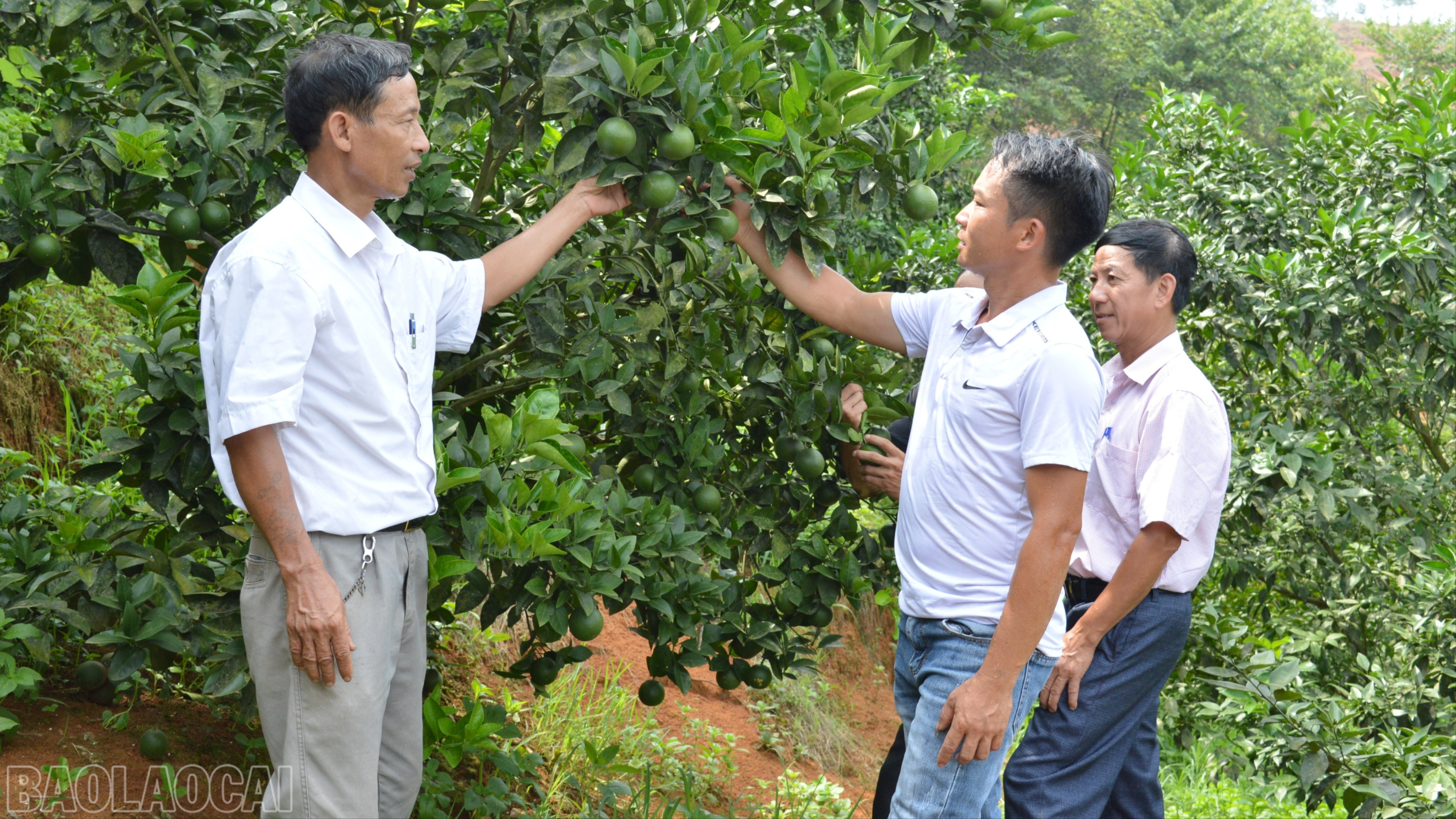
Mr. Nguyen Van Trong - Director of Binh Thuan Fruit Tree Growing and General Services Cooperative shared: Cooperatives help people feel secure in production because of stable output, higher product value, and specialized production. This is an inevitable direction to increase the value of agricultural products.
Along with agriculture, local service models are also developing strongly. A typical example is the Ba Luot nem chua and lap xuong production facility in Trung Tam village. After 2 years of operation, thanks to understanding the market and focusing on quality, the facility achieved an average revenue of nearly 200 million VND/year after deducting expenses, creating stable jobs for 3 regular workers and 6-7 seasonal workers.
Mr. Nguyen Van Hung - Owner of Ba Luot sour sausage and sausage production facility shared: I want to introduce local OCOP specialties to promote the image of Nghia Tam, not only as a sweet orange region but also for its unique cuisine. When the products are accepted by the market, the family economy develops, and the locality also has more jobs for local workers.
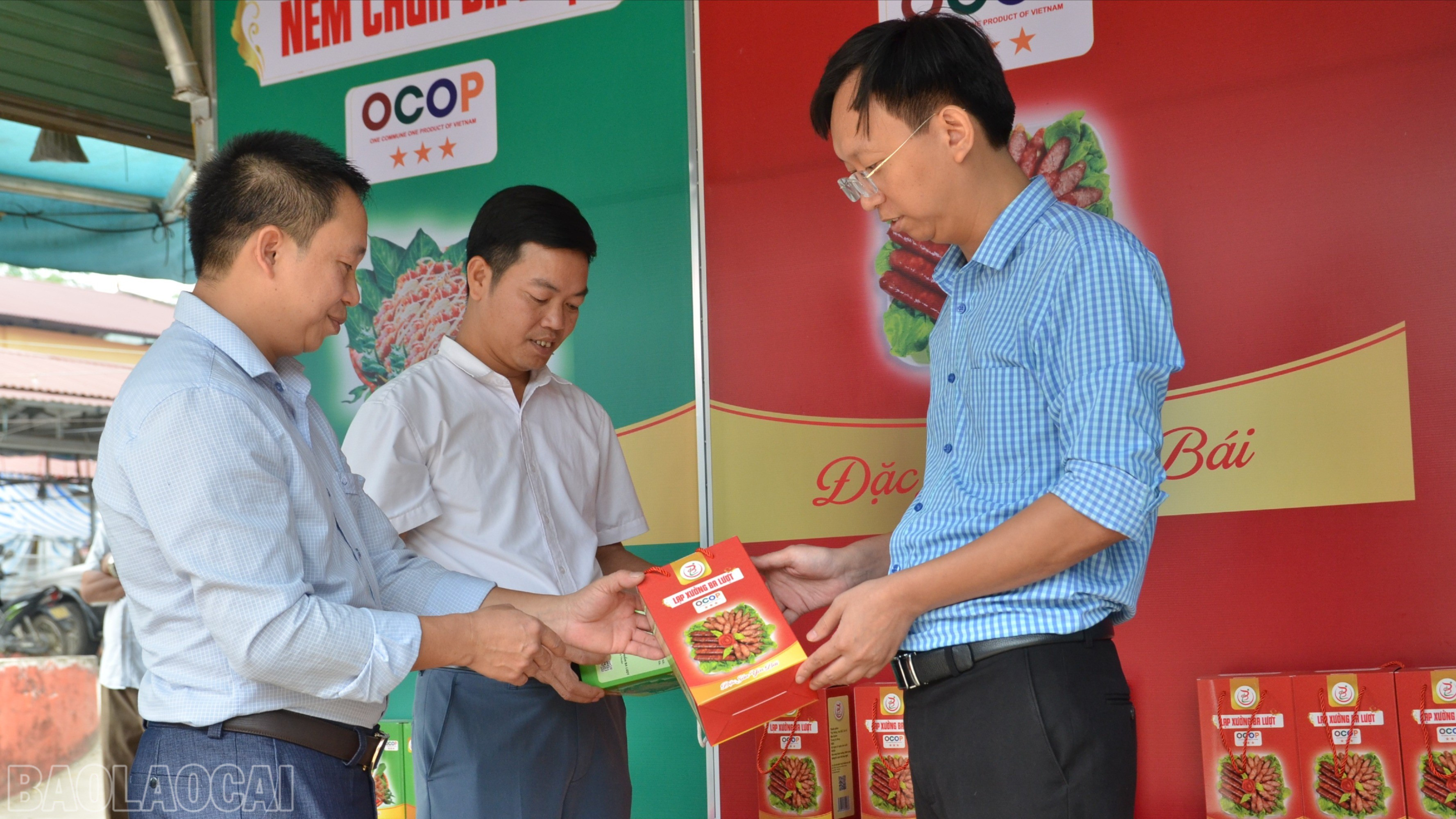
Thanks to the right orientation and dynamism of the people, from the initial small-scale models, Nghia Tam commune has now formed a diverse system of comprehensive economic models, linking production - processing - consumption - services. Each model effectively exploits local advantages, contributing to changing the face of the countryside.
Mr. Do Chi Thanh - Vice Chairman of Nghia Tam Commune People's Committee said: The commune always encourages people to develop a comprehensive economic model, diversify products to reduce risks and increase income. We regularly coordinate with specialized agencies to open training courses, transfer science and technology, and support finding outlets for agricultural products.
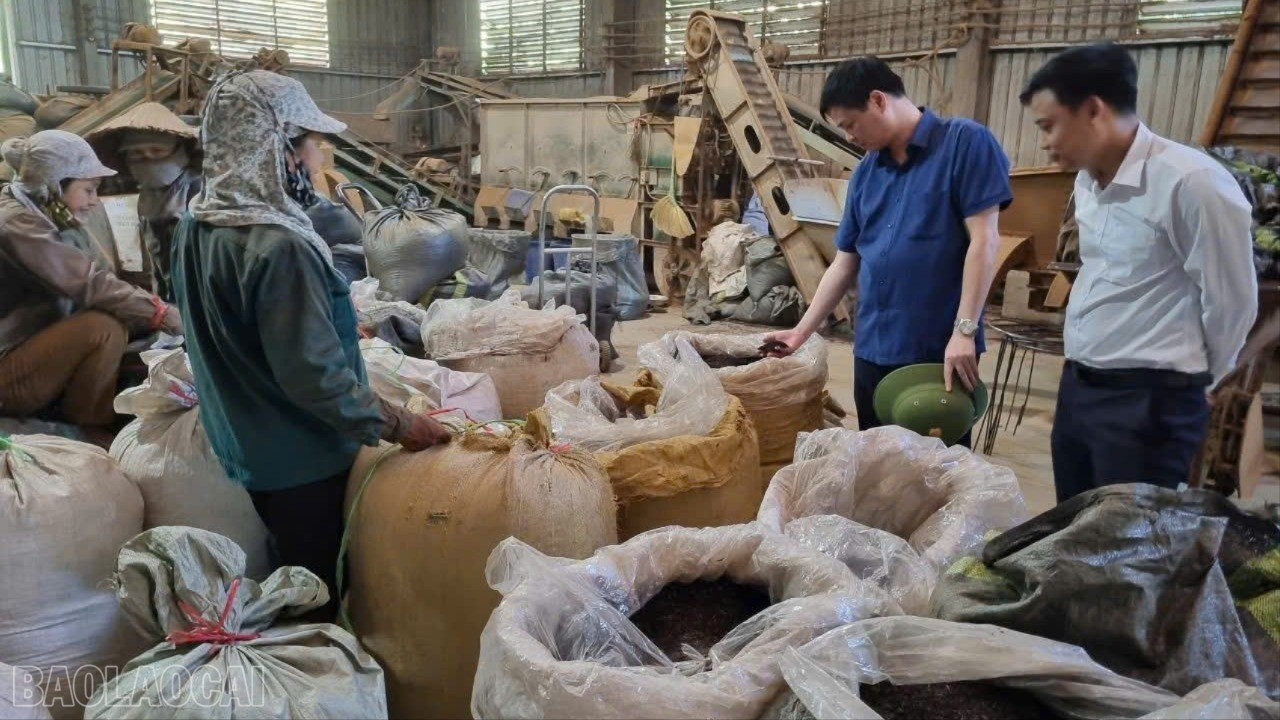
Currently, the whole commune has over 50 effective integrated economic models, thereby contributing to raising the average income per capita in 2025 to over 48 million VND, an increase of 16.4 million VND compared to 2020; the multidimensional poverty rate in 2025 will decrease to 7.69%, an average decrease of over 4% of poor households each year.
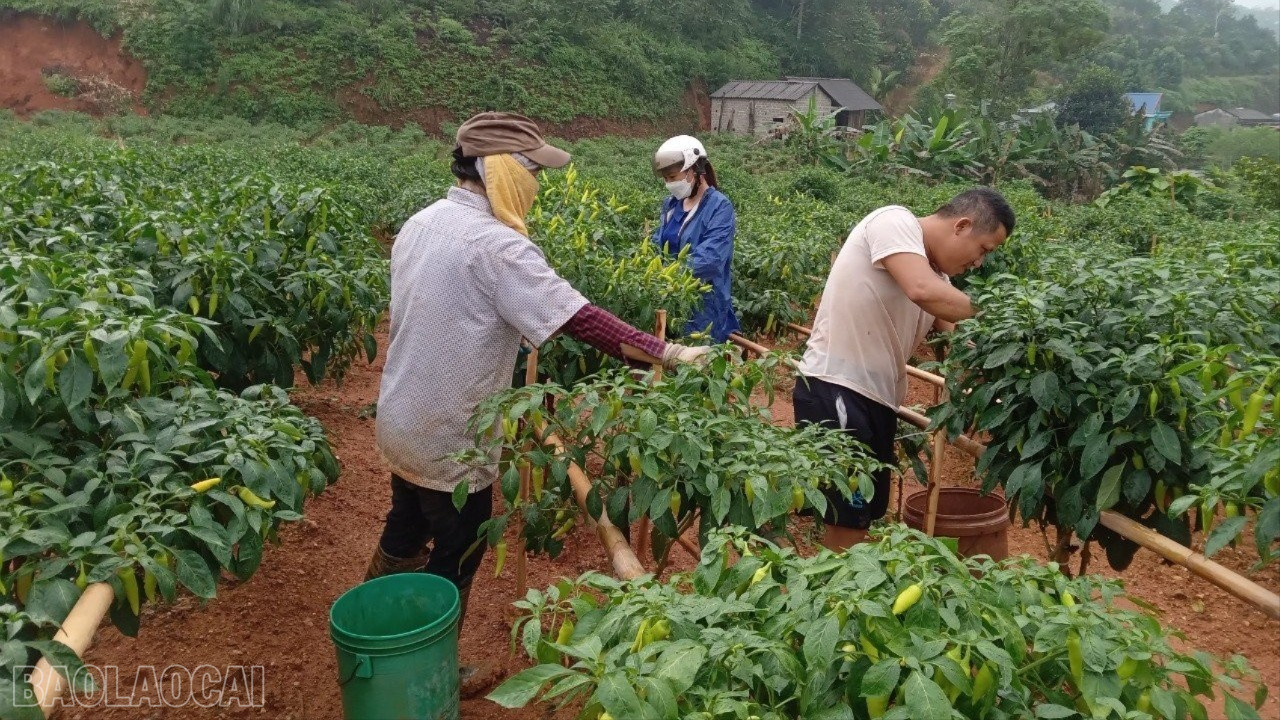
The comprehensive economic models not only bring stable income, create jobs, and preserve the environment, but also contribute significantly to improving the quality of life, making Nghia Tam a dynamic, creative, and prosperous new rural area.
Source: https://baolaocai.vn/nong-dan-nghia-tam-lam-giau-tu-kinh-te-tong-hop-post885085.html


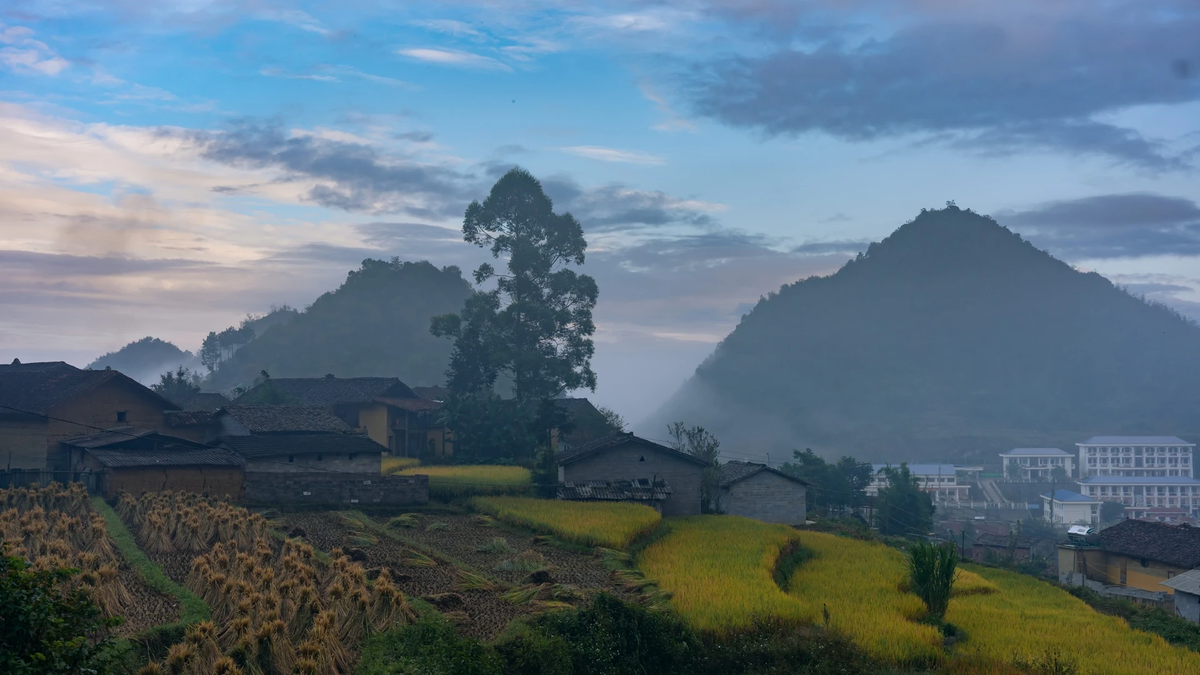



![[Photo] Prime Minister Pham Minh Chinh chairs meeting on railway projects](https://vphoto.vietnam.vn/thumb/1200x675/vietnam/resource/IMAGE/2025/10/23/1761206277171_dsc-9703-jpg.webp)

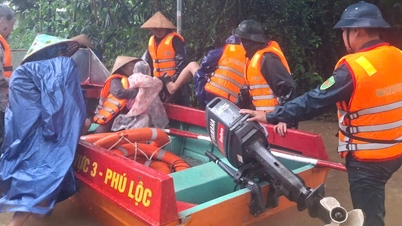



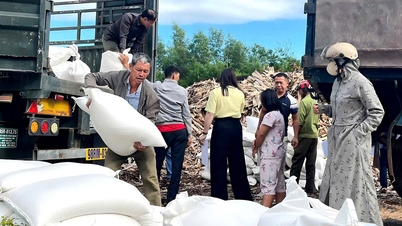

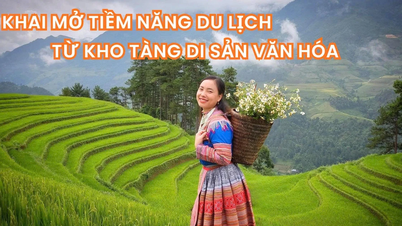
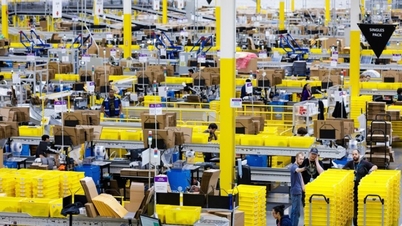

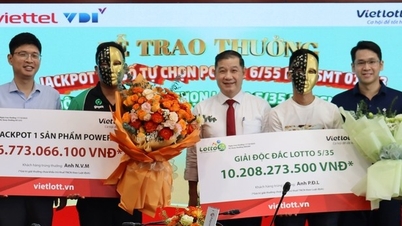




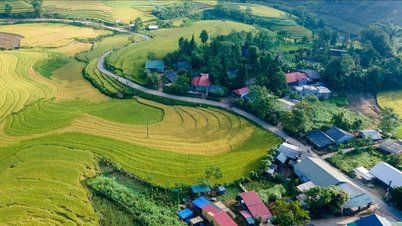

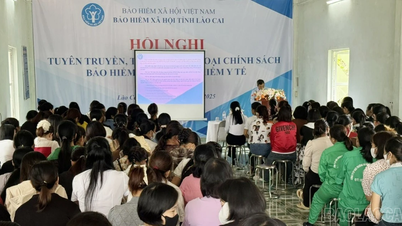
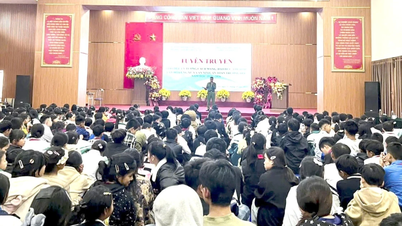
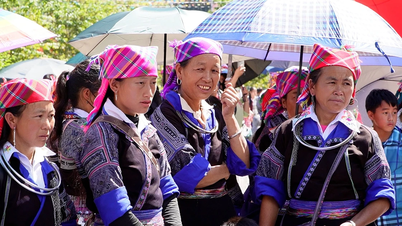
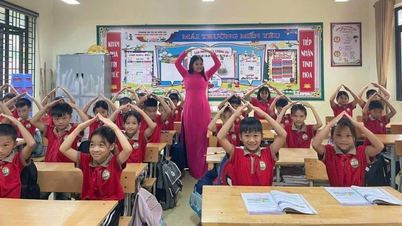











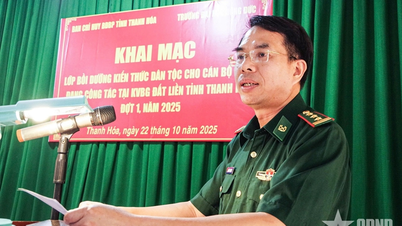



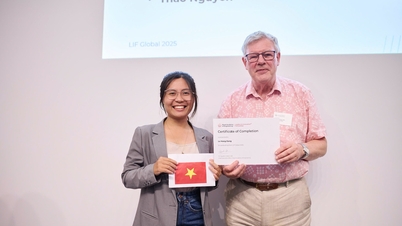



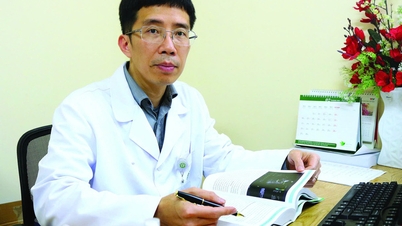



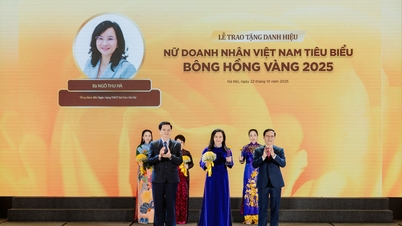




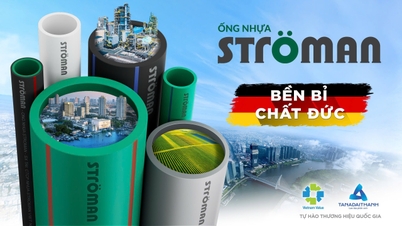








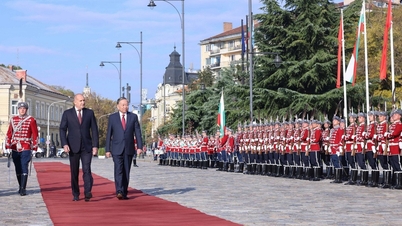
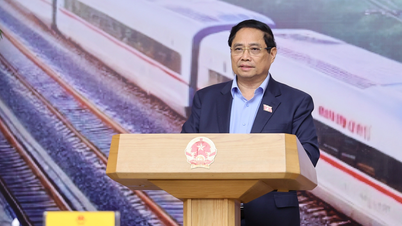






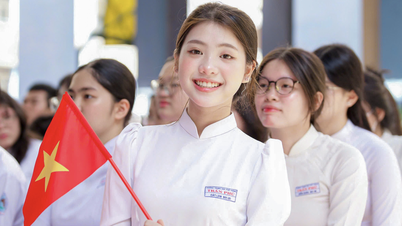
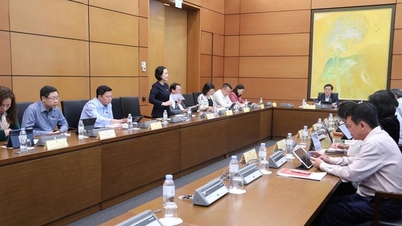

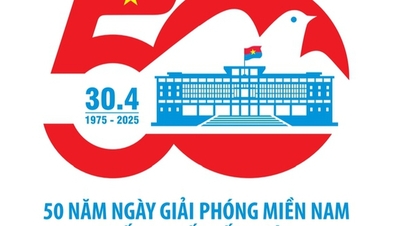
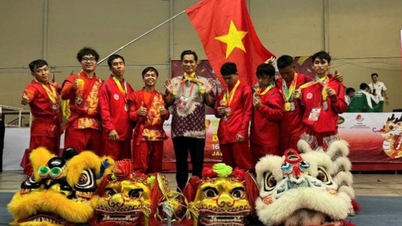
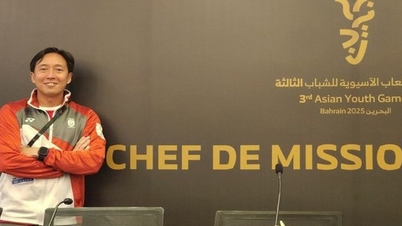

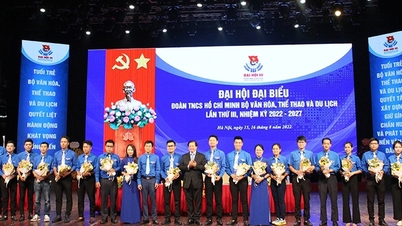
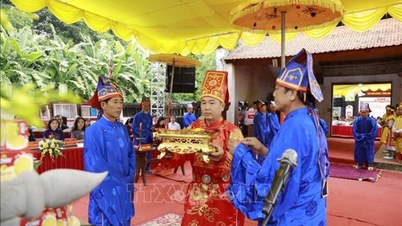

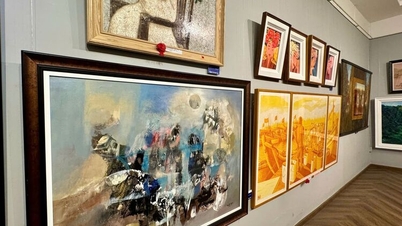
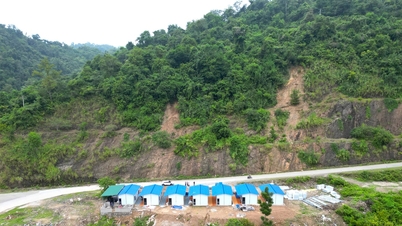

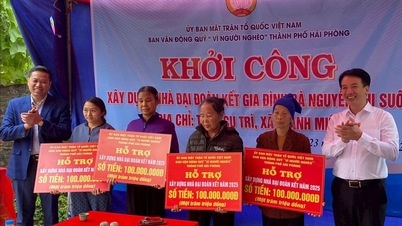

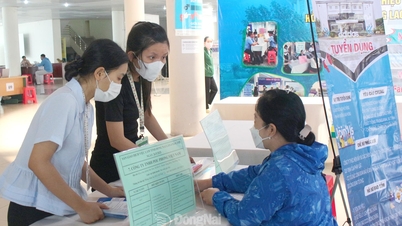
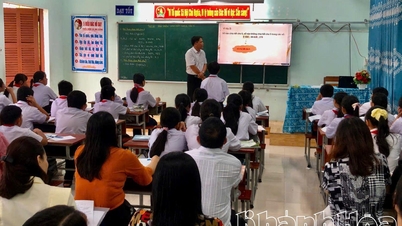













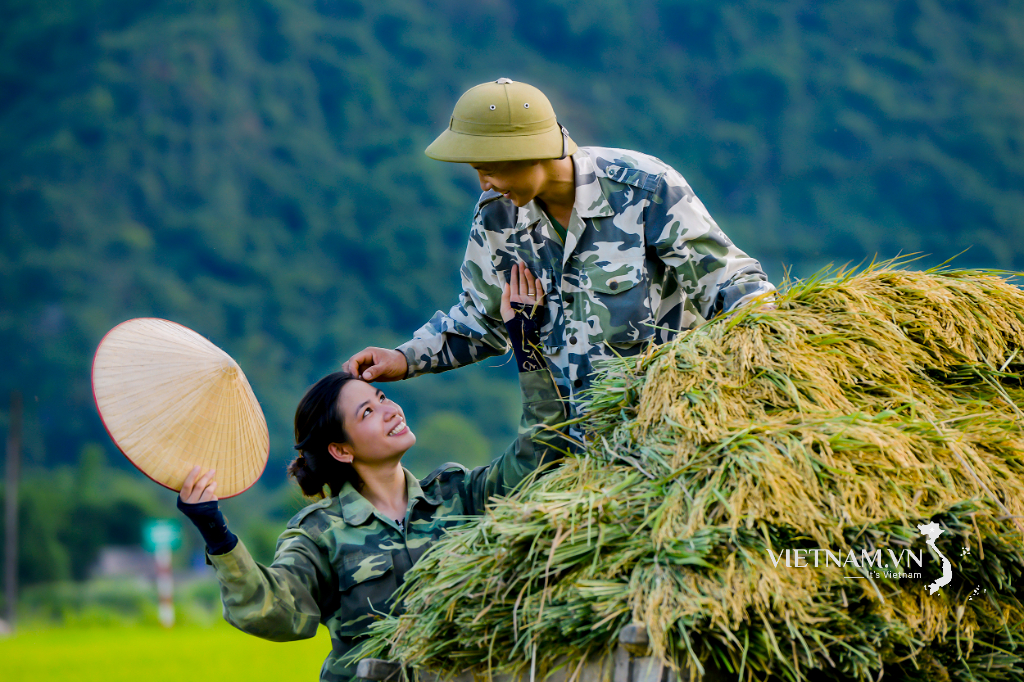
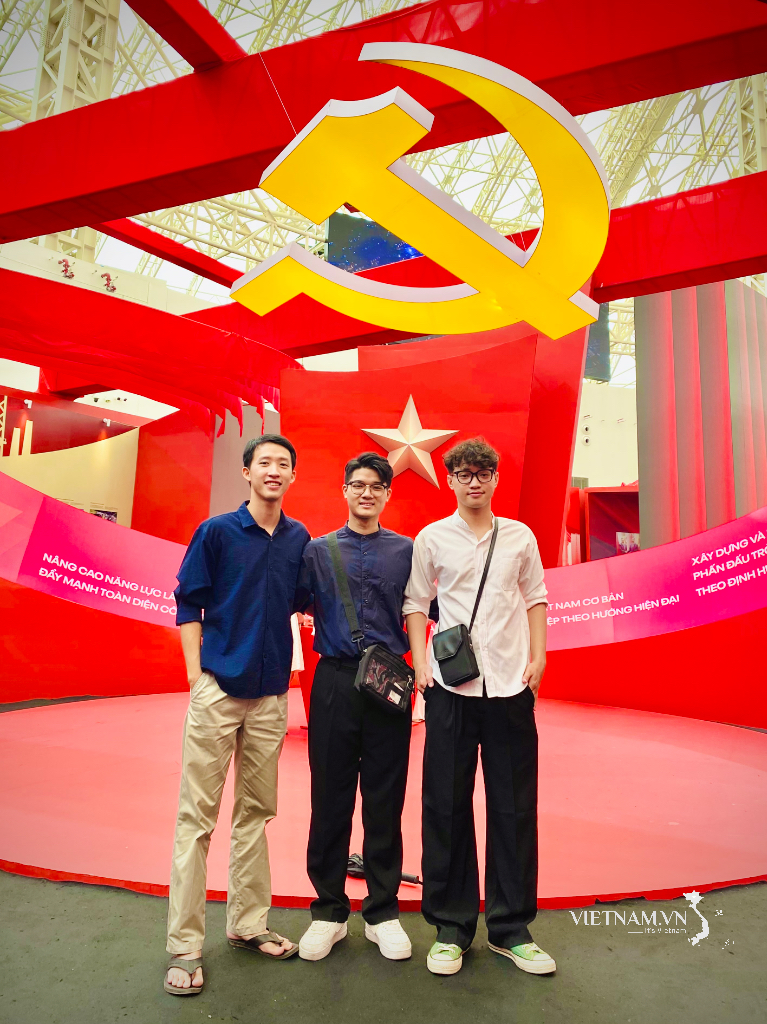
Comment (0)